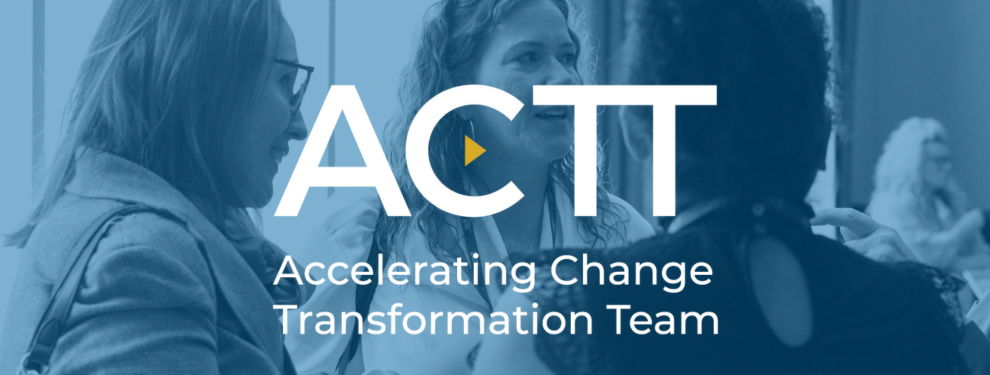Overview
Having an Elevator Pitch (a quick rundown on a subject that can be delivered in a short period of time to an influencer or decision-maker) is critical for a project like CII/CPAR. There is a lot of information to get across and quite often you have mere minutes, or maybe even seconds, to try to explain and generate interest.
How to Approach Your Elevator Pitch:
- Intro/Topic– simple statement that sums up why you want to talk to them.
- What’s in it for me (WIIFM) statement:
- What made you think of them? How does it fit with their beliefs/values/experiences?
- Passions?
- Pain points?
- Why should they care?
- What made you think of them? How does it fit with their beliefs/values/experiences?
- How is this better than what they have already?
- Main points (limit of three) – why you think they’d be interested?
- Keep them simple.
- Provide support (e.g., data, stories)
- Summarize main points.
- Close.
CII/CPAR Key Features and Messages
Family physicians (or NPs) are notified in their EMR when one of their CPAR paneled patients has an emergency department discharge, hospital admission, hospital discharge, or day surgery from an AHS facility in Alberta.
- Notices are sent directly to the EMR daily at 6:00 a.m. and 2:00 p.m.
- Notices are similar in workflow to a lab report allowing teamwork at the clinic.
- Allows for timely follow-up with their patients, if appropriate.
CPAR allows family physicians to share their panels with the provincial registry; not only is this step crucial to eNotifications but also to identify patients receiving panel-based care from more than one family physician. The CPAR panel conflict reports assist in identifying who the patient identifies as their primary provider; the demographic mismatch reports identify any patient who becomes deceased. Having a well-maintained panel at the practice supports panel management in the Patient’s Medical Home and avoids duplication of care.
CII/CPAR displays the patient’s primary provider in Alberta Netcare allowing others in the patient’s circle of care to quickly identify who is providing primary care.
The Community Encounter Digest (CED) in Alberta Netcare includes patient visits to any CII enabled clinic in Alberta. Participating providers contribute their visits for others to see and continuity of care. The CED compiles those visits where others in their circle of care can be aware of the care and assessments of other providers in the system. The CEDs in Alberta Netcare are already showing they are closing the informational continuity gap. Emergency department physicians have already commented on the usefulness of the information.
Specialists are sharing their consult reports with Alberta Netcare where any provider in the patient’s circle of care may access it. Feedback is showing that this information has made a crucial difference to some Albertans during an emergency department visit: expedited treatment and follow-up as well as reduced duplicate referrals for the same concern. Any provider who writes consult reports may submit to Alberta Netcare through CII.
The primary provider will have the ability to easily create and upload a patient summary from the EMR to Alberta Netcare where other providers in the patient’s circle of care will be able to access it. This allows the primary provider, the one who knows their patient the best, to share useful information about their patients, especially those with complex health needs. A good example of information to include will be problems, family history as well as failed medications or treatments.
